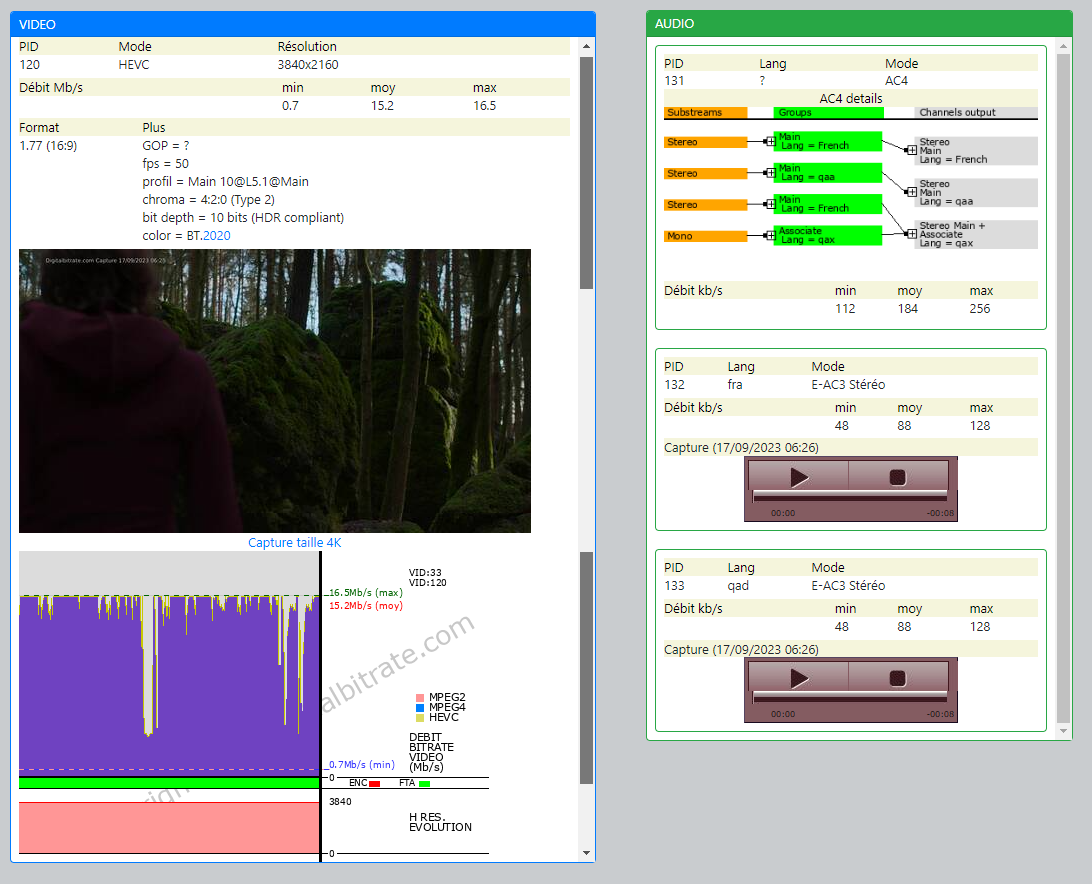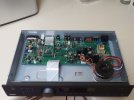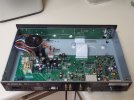Owen Smith
Well-Known Member
BBC radio on Freeview is very good quality, they use stereo with ample bit rate. I record The Early Music Show on Radio 3 on my HDR Fox T2 so I can listen to it whenever. Sometimes I'm months behind so iPlayer (or Sounds as it now is) isn't sufficient.Music listeners on TV must be a fairly small proportion of the population, so I imagine the broadcasters don't spend much on them.
And yet internet streaming is increasingly going lossless and 24/96, and Bluetooth now does hi res and lossless. It's contradictory.GenX are more interested in quantity than quality. Did you miss the memo?
My mum and dad would not describe themselves as audiophiles, and yet when I play crappy over compressed MP3 streams for them my mum is the first to say it sounds awful.But seriously, if you are an audiophile you will have to go outside the general broadcast realms to satisfy your needs.
My mum has the radio on all day on the hifi. She likes to walk up to it, power on amp and tuner, press 6 or whatever on the tuner for her station, and walk away. Modern streaming needing a smartphone to start it or speaking to Alexa or similar leaves her going "but why is it so complicated?". She's 79, dad is 84.


 (how do you tell?), but if you're looking to ClassicFM for a concert experience, you won't be using Freeview to do it anyway.
(how do you tell?), but if you're looking to ClassicFM for a concert experience, you won't be using Freeview to do it anyway.






